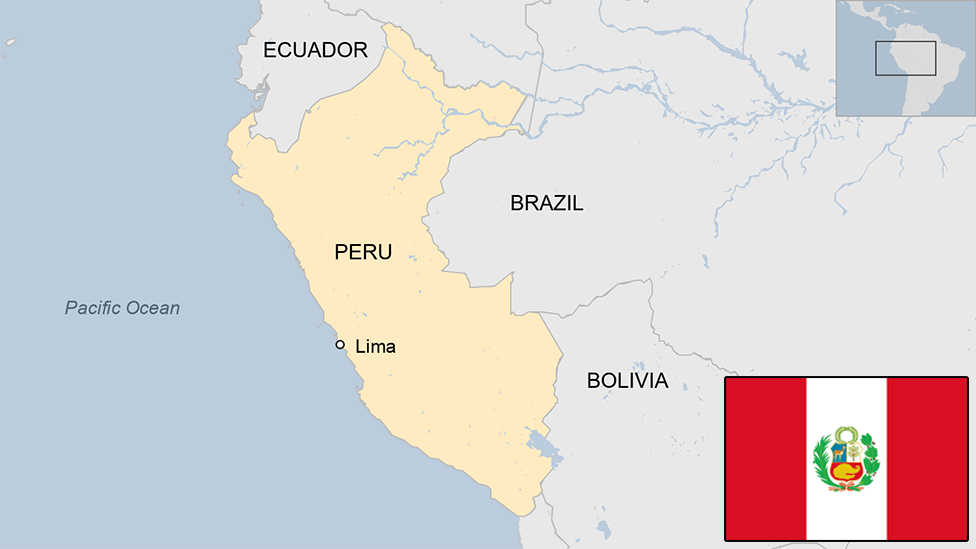madtechventures.com – Peru, a country renowned for its ancient civilizations, breathtaking landscapes, and vibrant culture, holds the distinction of being the twentieth-largest country in the world by total area. Spanning across an impressive 1.28 million square kilometers, Peru is a land of diverse ecosystems, from the arid coast to the Andean highlands and the Amazon rainforest. This article explores the geographical, cultural, and economic aspects that make Peru a unique and significant nation on the global stage.
Geographical Overview
Peru’s vast size is a result of its extensive landmass, which stretches from the Pacific Ocean in the west to the borders of Brazil, Colombia, and Ecuador in the east. This geographical diversity has endowed the country with a rich array of ecosystems and natural wonders.
Diverse Landscapes
The country’s landscape is characterized by three main regions: the arid coastal desert, the Andean highlands with its snow-capped peaks, and the Amazon rainforest in the east. Peru is also home to Machu Picchu, one of the New Seven Wonders of the World.
Climate Variations
Given its size and diverse topography, Peru experiences a wide range of climates, from the dry and sunny climate of the coast to the cold and snowy climate of the Andes and the hot and humid climate of the Amazon. This diversity in climate contributes to the country’s rich biodiversity and offers a variety of outdoor activities for residents and visitors alike.
Cultural Tapestry
Peru’s cultural landscape is as diverse as its geographical one, with a population that reflects a blend of indigenous peoples, Spanish colonizers, and a multitude of other ethnic groups. This multiculturalism is a defining feature of Peruvian society, celebrated through festivals, cuisine, and art.
Multiculturalism
Peru’s multicultural heritage, shaped by its indigenous roots and Spanish colonial history, has fostered a society that is both traditional and dynamic. This blend is evident in the country’s cuisine, which is recognized as one of the most diverse and flavorful in the world, and in its music and dance, such as the traditional Andean music and the coastal Afro-Peruvian rhythms.
Indigenous Cultures
The indigenous peoples of Peru, including the Quechua, Aymara, and numerous Amazonian tribes, have a rich cultural heritage that dates back thousands of years. Their contributions to Peruvian society are increasingly recognized, with efforts to preserve their languages, traditions, and rights.
Economic Strength
Peru’s economy is one of the fastest-growing in Latin America, driven by abundant natural resources, a growing manufacturing sector, and a strategic geographical location that makes it a key player in international trade.
Natural Resources
Peru’s vast natural resources have been a cornerstone of its economy, with the country being one of the world’s largest producers of copper, silver, and gold. Additionally, Peru is a significant producer of agricultural products such as coffee, cocoa, and asparagus.
Innovation and Technology
Beyond natural resources, Peru has made significant contributions to innovation and technology. The country has a growing number of tech companies and startups, particularly in cities like Lima and Cusco. Peru’s commitment to research and development has led to advancements in fields such as mining, agriculture, and renewable energy.
Conclusion
Peru’s status as the twentieth-largest country in the world is a testament to its geographical vastness and cultural richness. From its stunning landscapes to its diverse population, Peru offers a unique blend of natural beauty, cultural heritage, and economic opportunity. As the country continues to grow and evolve, it remains a significant player on the global stage, celebrated for its ancient history, vibrant culture, and natural splendor.
